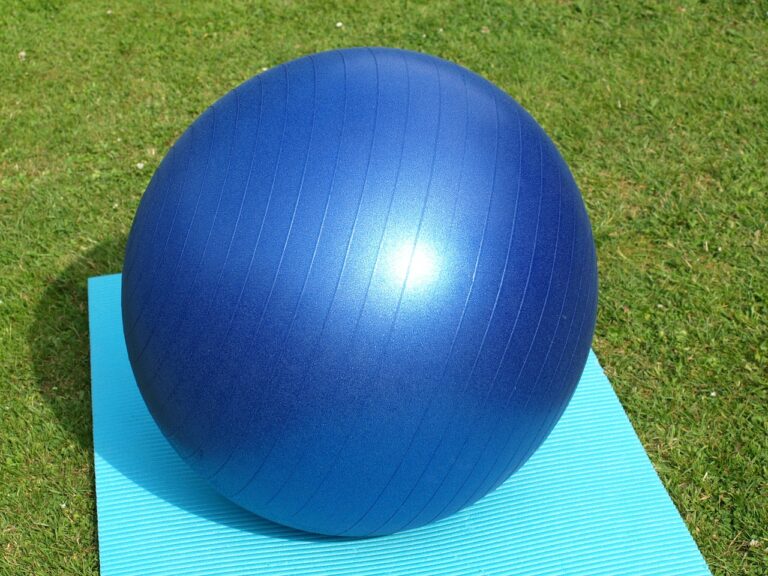Immunological Adaptations in Cricket Playing Surfaces: Betbhai99 com login, Radheexch, My99exch
betbhai99 com login, radheexch, my99exch: When it comes to cricket, the playing surface is of utmost importance. Different cricket grounds around the world have varying conditions, which can significantly impact the performance of players. Not only do these conditions affect the ball’s movement but also the health of the players. In this article, we will delve into the immunological adaptations in cricket playing surfaces and how players can navigate through these challenges.
The Impact of Playing Surfaces on Immune System
Cricket playing surfaces can vary from hard and dry pitches to lush and green pitches. These different surfaces can harbor various microbes, allergens, and pollutants, which players are exposed to during matches. The immune system of cricket players needs to adapt to these differing conditions to prevent illnesses and maintain peak performance.
1. Hard and Dry Pitches
Hard and dry pitches are commonly found in subcontinent countries like India and Bangladesh. These pitches can kick up dust and debris, which can irritate the respiratory system of players. The immune system of players exposed to these conditions needs to ramp up its defenses to combat potential infections and allergies.
2. Lush and Green Pitches
On the other hand, lush and green pitches, often found in countries like England and New Zealand, can harbor mold and pollen, triggering allergies in players. The immune system of players needs to be calibrated to deal with these allergens to prevent allergic reactions that can hamper performance on the field.
3. Turf Pitches
Turf pitches, commonly used in international cricket matches, can also pose challenges to players’ immune systems. The frequent use of pesticides and fertilizers on these pitches can expose players to harmful chemicals, which can compromise their immune health. Players need to have robust immune systems to counteract the negative effects of these chemicals.
How Players Can Adapt
1. Proper Hygiene Practices
Maintaining proper hygiene practices, such as washing hands regularly and showering after matches, can help players minimize their exposure to harmful microbes and allergens present on playing surfaces. By practicing good hygiene, players can reduce their risk of infections and allergies.
2. Immune-Boosting Diet
Eating a well-balanced diet rich in nutrients can help strengthen the immune system of cricket players. Foods like fruits, vegetables, lean proteins, and whole grains can provide players with the necessary vitamins and minerals to support a healthy immune response. Additionally, staying hydrated is crucial for optimal immune function.
3. Respiratory Health
Players should pay particular attention to their respiratory health, especially when playing on hard and dry pitches. Using masks or respirators during matches can help filter out dust and debris, reducing the risk of respiratory irritations. Players with underlying respiratory conditions should consult with healthcare professionals for appropriate management strategies.
4. Allergen Management
For players prone to allergies, taking allergy medications as prescribed by healthcare providers can help manage symptoms when playing on lush and green pitches. Additionally, using nasal sprays or antihistamines can provide relief from allergies triggered by mold and pollen present on playing surfaces.
5. Rest and Recovery
Ensuring adequate rest and recovery after matches is essential for players to maintain a strong immune system. Lack of sleep and overtraining can weaken the immune response, making players more susceptible to infections. Players should prioritize rest and recovery to optimize their immune health.
FAQs
1. Can playing on different cricket pitches affect a player’s immune system?
Yes, playing on different cricket pitches can expose players to varying levels of microbes, allergens, and pollutants, which can impact their immune system. Players need to adapt to these changing conditions to maintain optimal immune health.
2. How can players protect themselves from infections and allergies on cricket playing surfaces?
Players can protect themselves by practicing good hygiene, maintaining a healthy diet, managing respiratory health, and seeking appropriate medical advice for allergies. These strategies can help players minimize their exposure to harmful agents on playing surfaces.
3. What role does the immune system play in the performance of cricket players?
A strong immune system is essential for cricket players to prevent illnesses that can affect their performance on the field. By boosting their immune system through proper hygiene, nutrition, and respiratory health practices, players can enhance their overall performance and well-being.
In conclusion, cricket players need to be cognizant of the immunological adaptations required to navigate through the challenges posed by different playing surfaces. By implementing strategies to support their immune health, players can optimize their performance and stay healthy throughout the cricket season.







